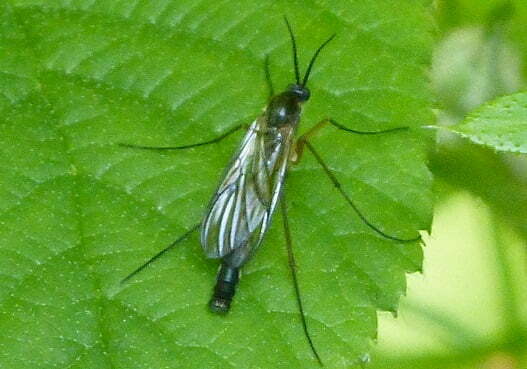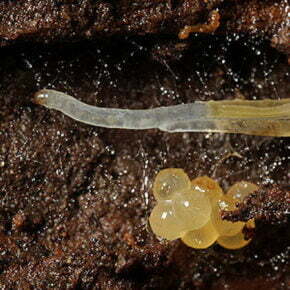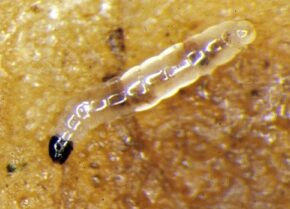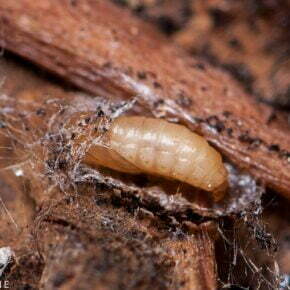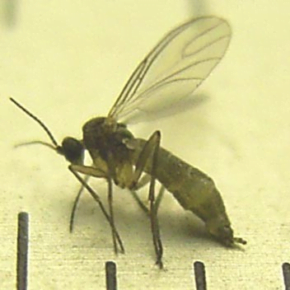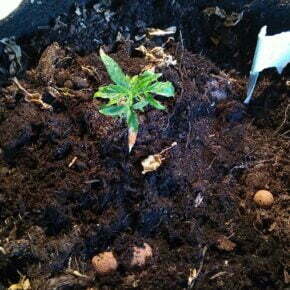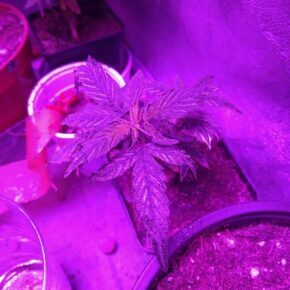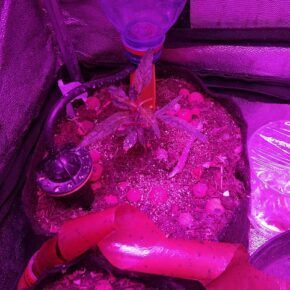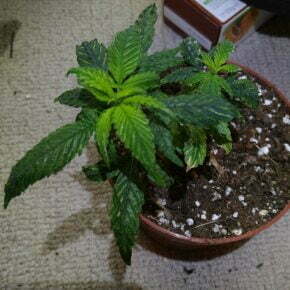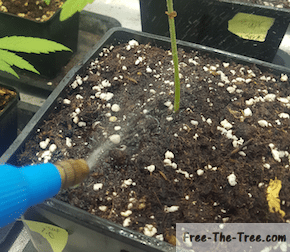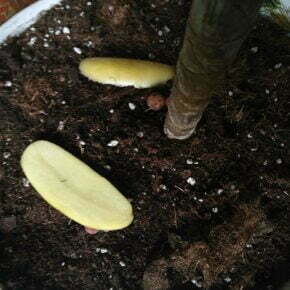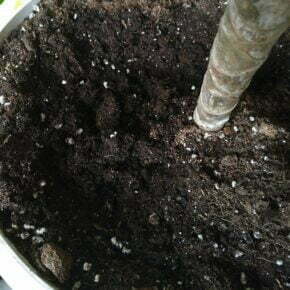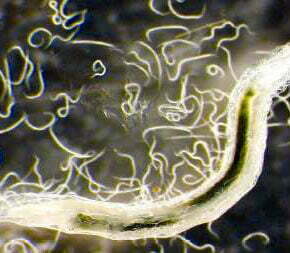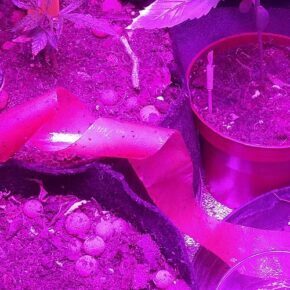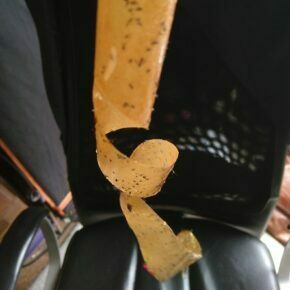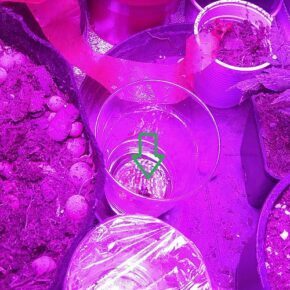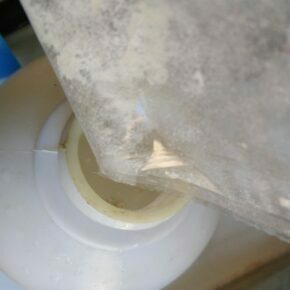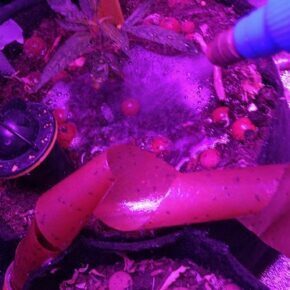What are Fungus Gnats
Fungus Gnats are a little fly, similar to fruit flies, that are generally considered like a minor houseplant pest, although they can quickly become an issue.
Attracted to moisture and humid conditions, female gnats lay up to 200 within the top layers of the soil.
Once the larvae hatch from the eggs they feed on organic matter within the soil, and when a plant is around, that organic matter will be the roots, which is the source of the issues related to this infestation.
Totally harmless to humans, an large colony of fungus gnats can do great harm to your plants root system.


